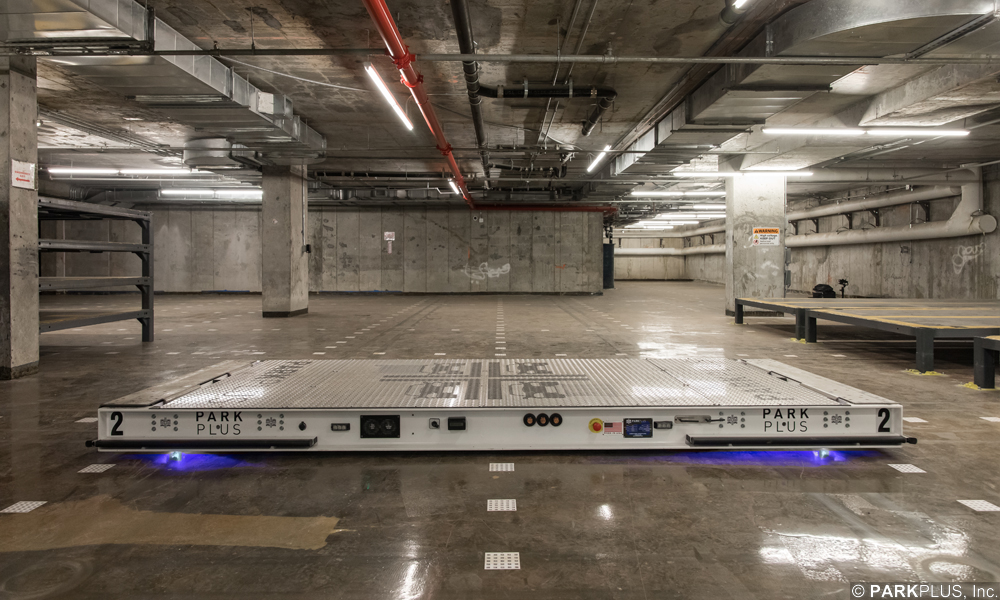The demand for robotic valet parking systems in the United States has intensified as developers and users continue to enjoy the substantial benefits provided by automated parking. This trend is demonstrated by the recent completion of four new fully automated parking systems in Manhattan, all with technology made in the USA, the PARKPLUS AGV Automated Parking system.
Electric Vehicle Integration with Automated Robotic Parking Systems in New York
An emerging trend towards electric vehicle adoption is prevalent in automated parking systems: all the PARKPLUS AGV systems in New York include an increasing number of dedicated EV-charging parking spaces. EV Charging in parking garages is rapidly becoming the new standard across the nation as we witness code adoptions that mandate new and evolving EV provision requirements. PARKPLUS is assisting developers across the United States meet these and other electric vehicle requirements.
Jardim by Isay Weinfeld
Jardim is an 11-story luxury condominium in Chelsea, New York, developed by Centaur Properties and Greyscale Development Group, and designed by Isay Weinfeld. Thirty-six residences are distributed across two towers which surround two lush gardens on a shared base, a rare garden amenity in New York City. The building is equipped with a 38-space PARKPLUS AGV Automated Parking System on a subterranean level. Drivers approach the automated parking system through a brick-vaulted private drive for sheltered pick-ups and drop-offs. The driveway connects West 27th and 28th Streets and leads directly to the lobby, which has floor to ceiling windows looking onto the private gardens. Initially installed with 4 Electric Vehicle charging stations, the automated parking garage is now being expanded to include 20 charging stations to meet the growing demand.
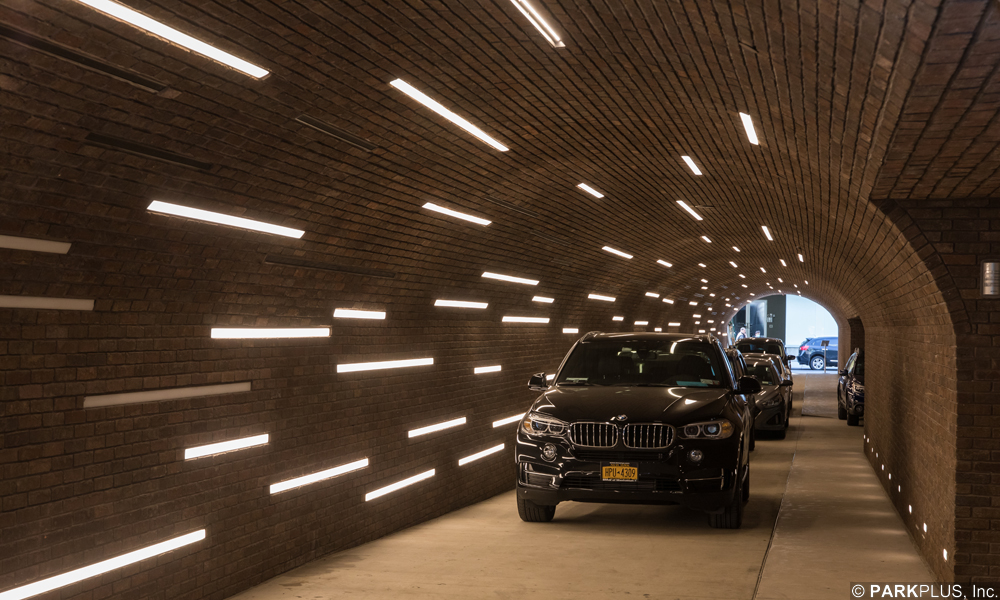
Jardim, queuing area outside loadings bays for automated parking system.
Greenwich West at 110 Charlton St.
Greenwich West is a 27-story luxury condominium in Greenwich Village, New York, developed by Strategic Capital, Cape Advisors and Forum Absolute Partners. The tapered tower provides multiple residential terraces and a rooftop garden terrace for all residents. Much like Jardim, Greenwich West offers a viewing garden in the courtyard, with planted walls reaching up to 18 feet, providing a backdrop to the lobby and lounge. The building is equipped with a 30-space PARKPLUS AGV Automated Parking system on 1 subterranean level and 4 upper levels. The automated parking garage is serviced by two loading bays, with direct access to the lobby.
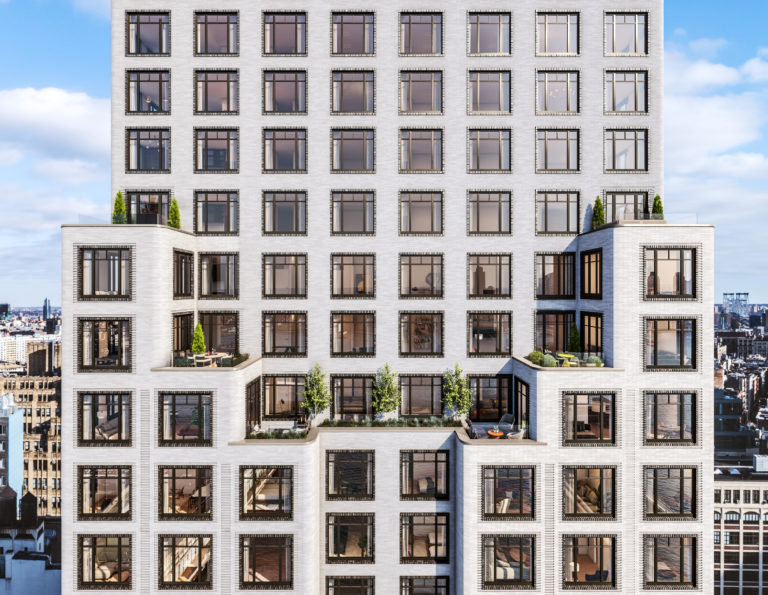
Greenwich West.
111 Varick St.
111 Varick Street is a towering 30-story luxury condominium in Hudson Square, one of New York City’s most rapidly evolving neighborhoods. Developed by Extended and designed by S9 Architecture, the sculpture-like building features a bold and distinctive undulating precast concrete façade. The building is equipped with a 20-space PARKPLUS AGV Automated Parking system on 2 upper levels. The automated parking garage is well positioned, providing direct access to the Holland Tunnel. Half of the automated parking spaces have EV charging, an entire level of the garage.
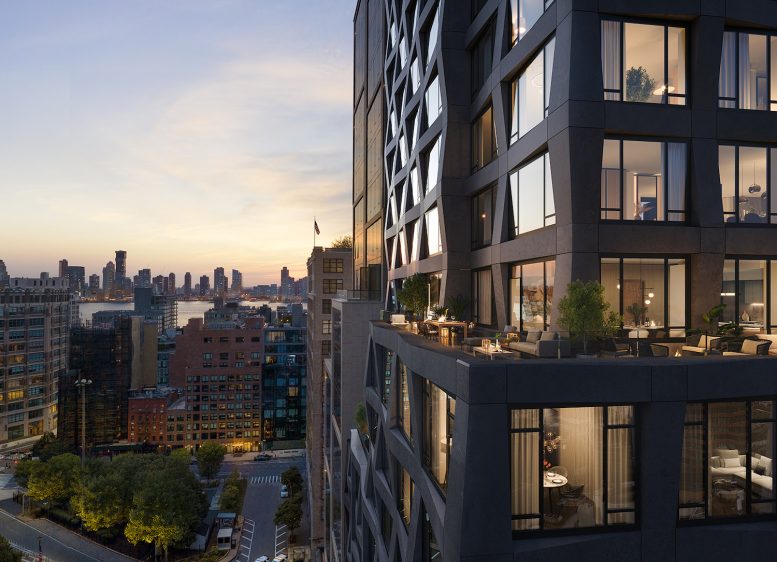
111 Varick. Credit-Binyan Studios.
70 Vestry St.
70 Vestry was the last remaining undeveloped Tribeca waterfront property with unimpeded Hudson River views. Related Companies have developed a 14-story luxury condominium on the Hudson river waterfront property. Designed by Robert A.M. Stern Architects, the building’s French limestone exterior punctuates the Lower Manhattan skyline. The building is equipped with a 40-space PARKPLUS AGV Automated Parking System on 2 subterranean levels. This is the second development by Related Companies to include a PARKPLUS AGV Automated Parking system, with the iconic 520W28, designed by Zaha Hadid Architects, featuring a 40-space PARKPLUS AGV Automated Parking system on 2 subterranean levels, integrated with a 20-pod PARKPLUS automated storage system.
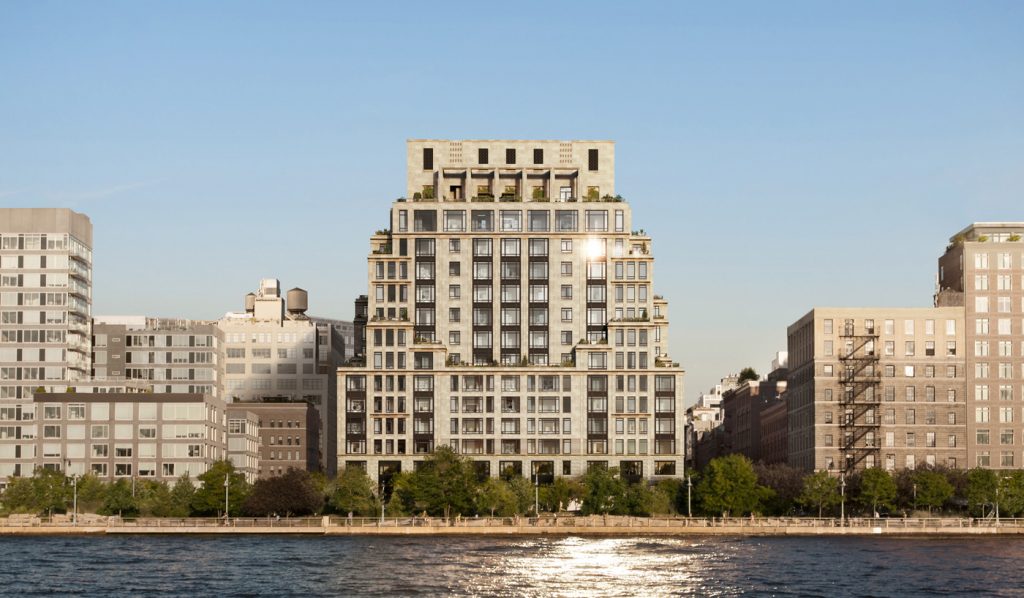
70 Vestry. Credit-Robert A.M. Stern Architects.
Maximized ROI Through Reduced Parking Footprint
Automated parking systems maximize a development’s return on investment with a reduced parking footprint and better building flow, for more revenue generating space. Construction costs and schedules, and operational overheads, are reduced through implementation of the robotic systems, which include multiple improvements in a project’s safety, security and sustainability. These benefits, coupled with the aversion to public transportation and the rise in single ridership caused by Coronavirus pandemic, have accelerated the adoption of automated robotic parking systems in the United States, as people begin returning to New York City.
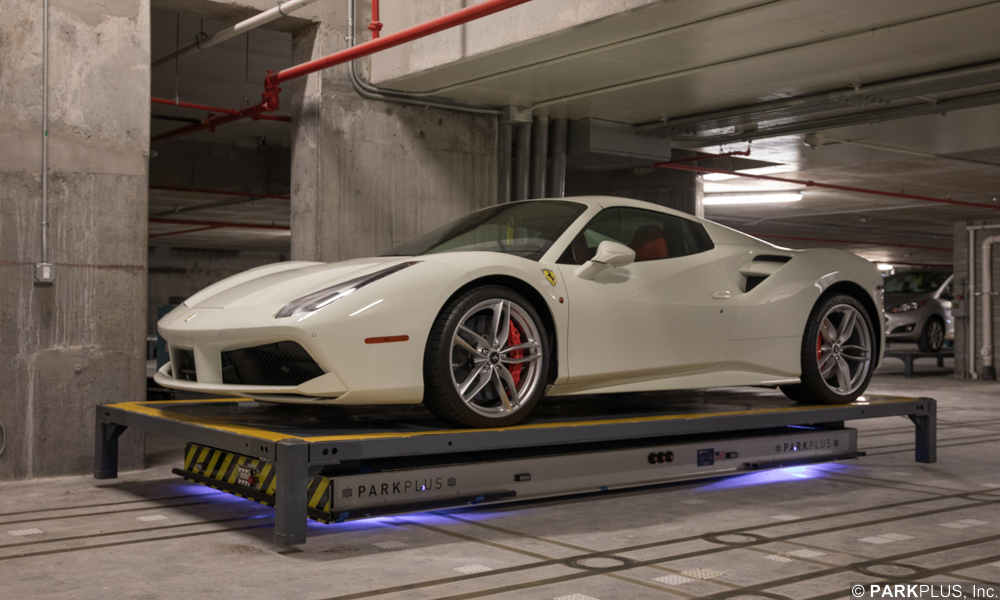
PARKPLUS AGV Automated Parking System.



 844-472-7575
844-472-7575
